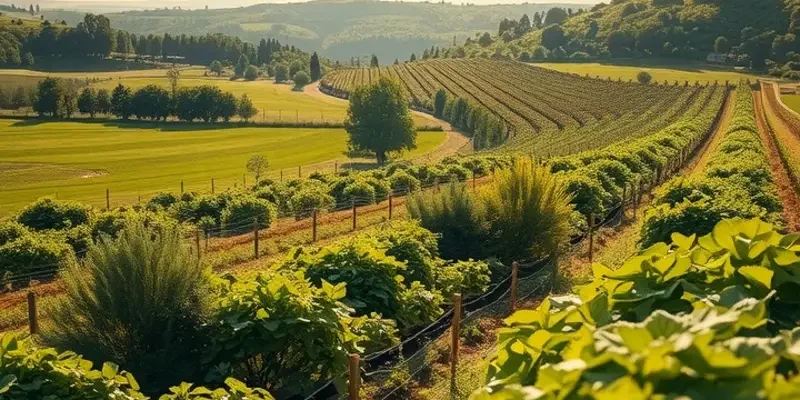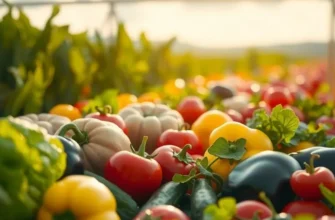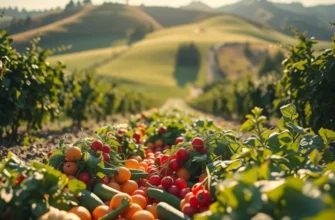Achieving evenly browned meat is a cornerstone of great cooking, enhancing both flavor and presentation. Whether you’re a novice or a seasoned cook, mastering this skill will elevate your dishes. This guide provides practical tips and techniques to ensure your meat turns out beautifully seared every time. Let’s dive into the world of browning meat, turning simple ingredients into mouthwatering meals.
Choosing the Right Cut and Preparing It

Achieving that perfect sear starts with selecting the right cut of meat. Not all meats are created equal, and understanding the nuances between them can elevate your cooking game. Let us explore this art.
Selecting the Optimal Cut
Fat is flavor, and when aiming for a beautiful brown crust, the cut’s fat content plays a crucial role. Cuts like ribeye, strip steak, or pork chop are ideal for browning due to their marbling. This fat melts during cooking, adding flavor and moisture. Consider meat with visible intramuscular fat—often a sign it’ll sear well.
On the other hand, lean cuts like tenderloin or chicken breast need slightly different handling to prevent dryness. Here, you might prefer to use additional fat, such as flavored butter or oil, to aid in achieving an ideal crust.
Preparing for the Sear
Before you think about seasoning, proper preparation is key. This begins with bringing your meat to room temperature. Cold meat hitting a hot pan can lead to uneven cooking. About 30 minutes on the counter should suffice for most cuts.
Drying the Meat
Moisture is the enemy of a good sear. Patting the meat dry with paper towels will help avoid steaming and ensure a crisp crust. This process also helps the seasoning adhere better.
Seasoning
These simple layers ensure deep flavor throughout. For robust cuts like steak, a generous seasoning of salt and pepper will suffice. The salt draws moisture to the surface, helping to create a golden crust. Thinner cuts or more delicate flavors, such as poultry, might benefit from additional herbs or spices.
Timing and Technique
Consider the timing of when you salt your meat. Salting just before cooking is effective, but salting a few hours ahead and allowing the meat to rest in your fridge can enhance flavor penetration, especially in thick cuts. Always adjust based on the meat you are using and the equipment you have at hand.
Supporting Techniques
Using a cast iron skillet can help achieve that desired golden crust, thanks to its even heat distribution. Whether you are cooking a steak or chicken breast, maintaining high heat is critical for optimal browning.
Finally, consider checking out eco-smart kitchen storage techniques to keep your spices and marinades fresh, minimizing food waste while maximizing flavor potential.
Every detail—from selecting the meat to prepping and cooking it—contributes to an ideal result. The attention and care put into these steps set the stage for culinary excellence, paving the way for a satisfying golden crust on your meats.
Mastering the Cooking Techniques

Once your meat is prepped to perfection, it’s time to conquer the cooking techniques that guarantee that enviable browned exterior. Achieving a perfect sear hinges on understanding a few key cooking methods: pan-searing, grilling, and oven-roasting. Each method brings its own flair and challenges, but with the right approach, you can master them all.
Pan-Searing: This technique is a staple in the world of culinary perfection. Start by selecting the right pan—using a heavy-duty pan will ensure even heat distribution. Heat the pan until it’s hot, but not smoking. An easy test is to sprinkle some water onto the pan—if it sizzles and evaporates immediately, you’re ready to go. Add a small amount of oil and let it shimmer before placing the meat. Avoid overcrowding; too much meat will lower the pan temperature, leading to steaming instead of searing. Patience is key; let one side form a crust before turning it. This crust is a result of the Maillard reaction, which creates that rich, savory flavor that brown meat is celebrated for.
Grilling: Grilling imparts a smoky flavor that enhances the natural taste of the meat. The art of grilling lies in temperature control. Preheat your grill to a medium-high setting, ensuring it’s adequately cleaned to prevent sticking. Place the meat on the grill and resist the temptation to move it around. Like pan-searing, it’s best to allow the grill marks to sear into the meat before flipping. For added flavor, consider using wood chips to bring an extra smoky depth to your dish.
Oven-Roasting: This method is particularly suited for thicker cuts of meat. Begin by preheating the oven to the desired temperature. Searing the meat in a pan first can help lock in juices and create that initial crust. Once seared, transfer the meat to the oven. The key to successful roasting is timing and temperature; use a meat thermometer to ensure your roast reaches the optimal internal temperature without overcooking. Consistent heat is your ally and allows the Maillard reaction to do its work uniformly across the meat surface.
To achieve consistent results across all methods, understanding the science behind the Maillard reaction is beneficial. This chemical reaction kicks in at around 300°F, where amino acids and reducing sugars interact to produce that signature brown hue and complex flavors. Control temperature carefully; too hot, and you’ll burn the exterior before cooking thoroughly; too cool, and you’ll miss the browning.
For those eager to explore new culinary frontiers, consider the environmental impact of your cooking. A thoughtful approach to kitchen storage and eco-friendly practices can enhance your cooking routine. Check out some eco-smart kitchen storage tips to align your cooking practices with sustainability goals.
By mastering these techniques and embracing mindful cooking, you’ll elevate your dishes to new heights, turning every meal featuring a beautifully browned meat into a gourmet experience.
Final words
Perfectly browned meat is more than just a aesthetic; it enhances the flavor and overall experience of your dish. By selecting the right cuts, preparing them properly, and mastering cooking techniques, you’ll be able to achieve that delicious golden crust every time you cook. Remember, practice makes perfect, so don’t be afraid to experiment in the kitchen. Soon enough, you’ll impress family and friends with your cooking skills and beautifully browned meats that are both visually appealing and packed with flavor. Happy cooking!







